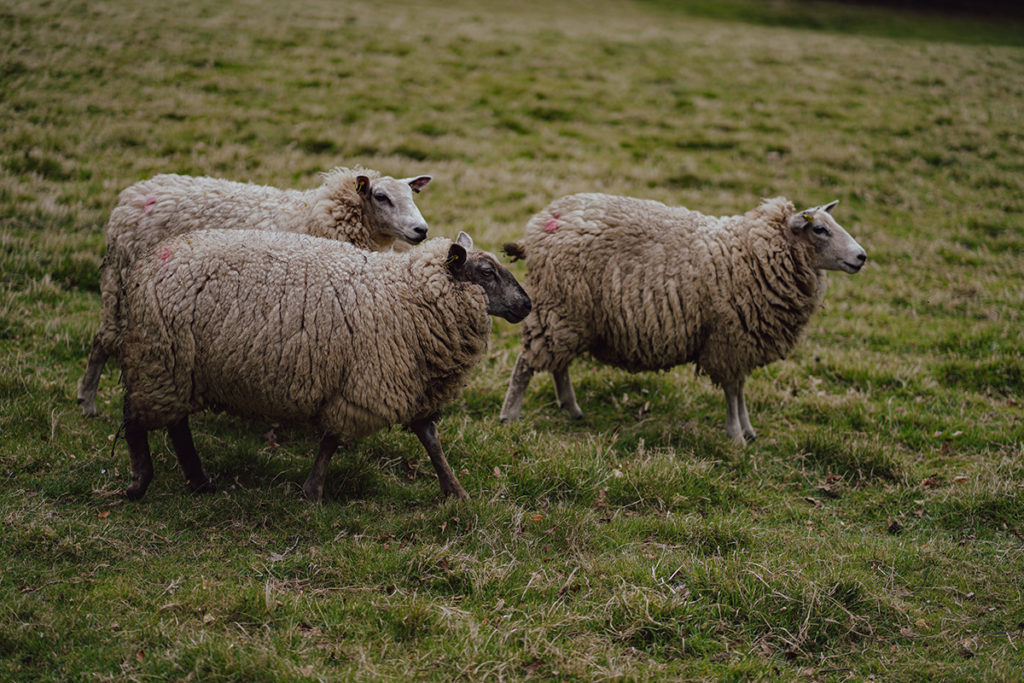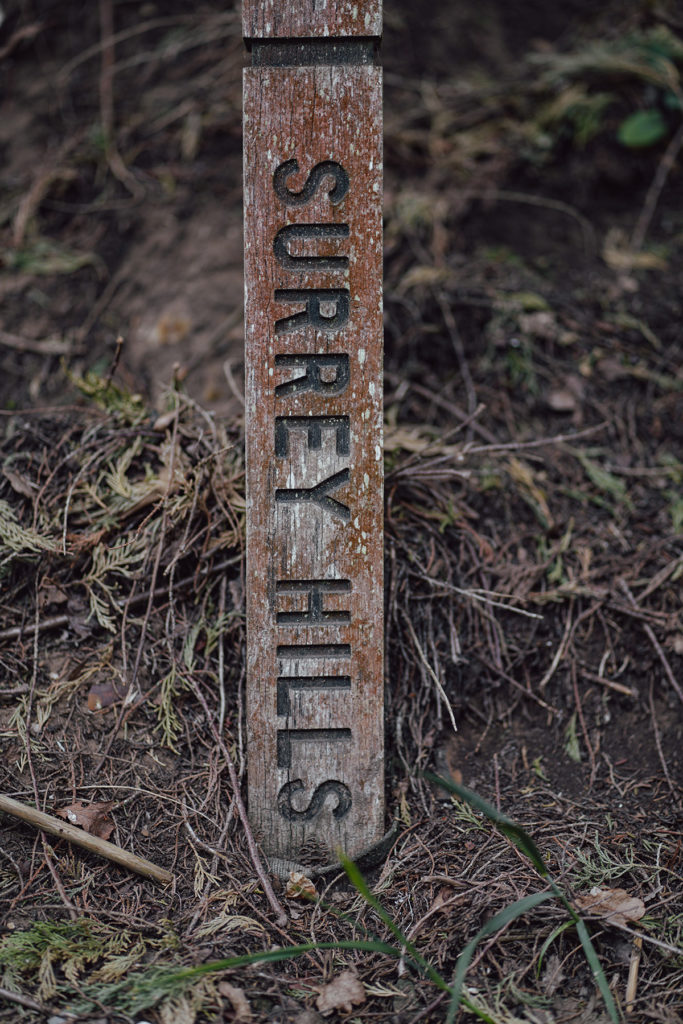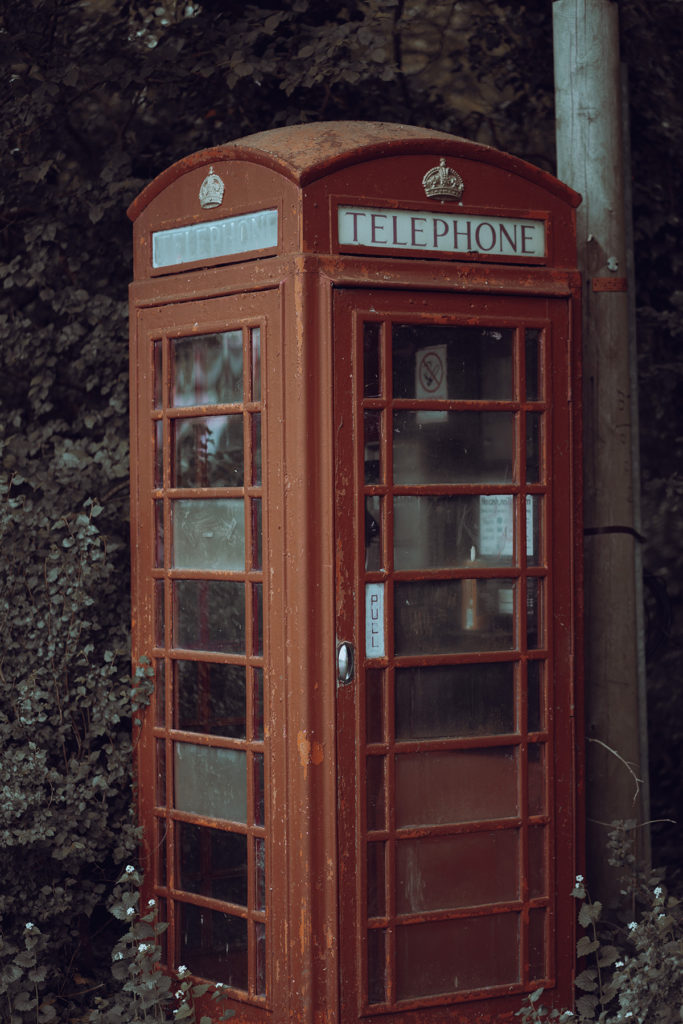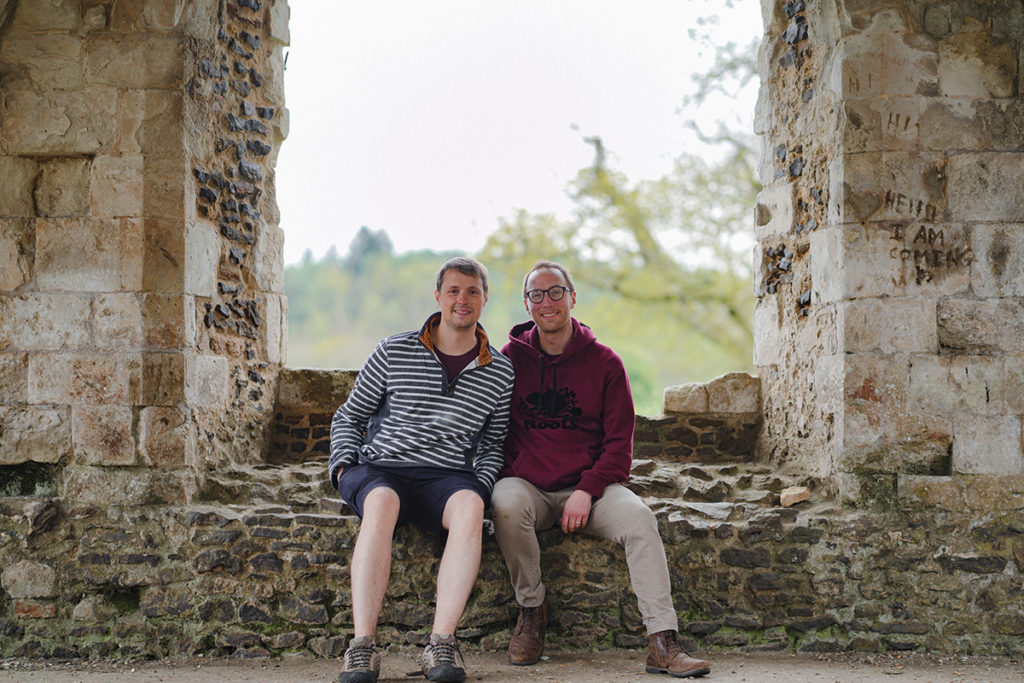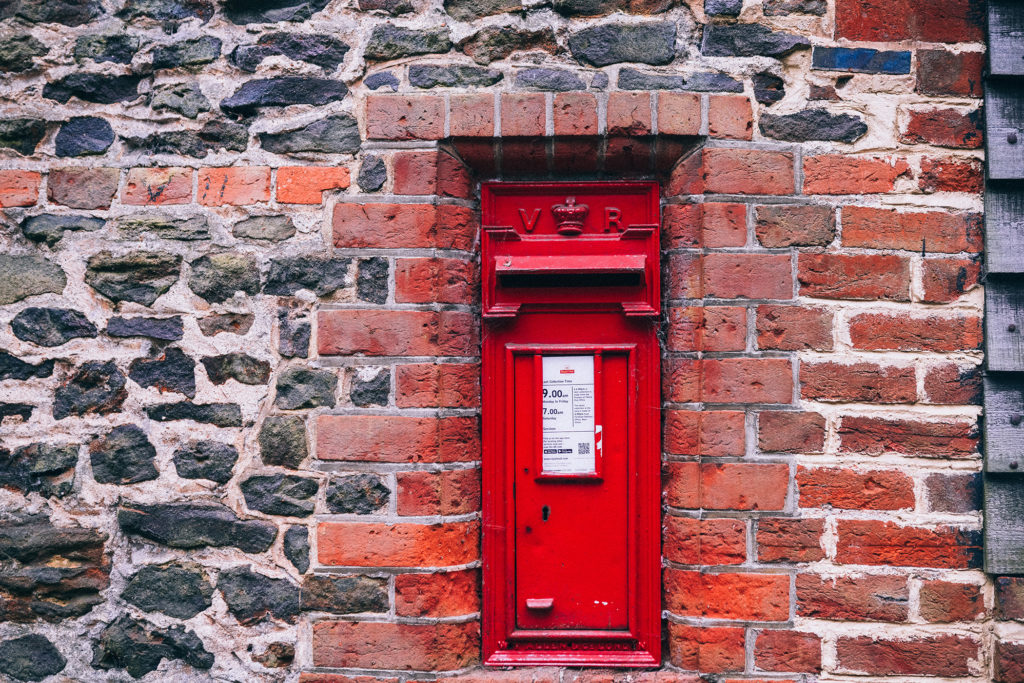Date: April 29 2022
Location: Crooksbury Hill, Surrey
Distance 10.5km
Coming from Canada it always makes me laugh a bit when a walk description warns of an extreme uphill climb, in fact this one even mentioned a hike to the summit. Well, after a short and relatively easy walk up some steps carved into the hillside, we found ourselves at the top of Crooksbury Hill (a whopping 163m ). The hill has some nice views over the surrounding woodland and was once the site of a Bronze Age hillfort and was even mentioned in a Sherlock Holmes story.
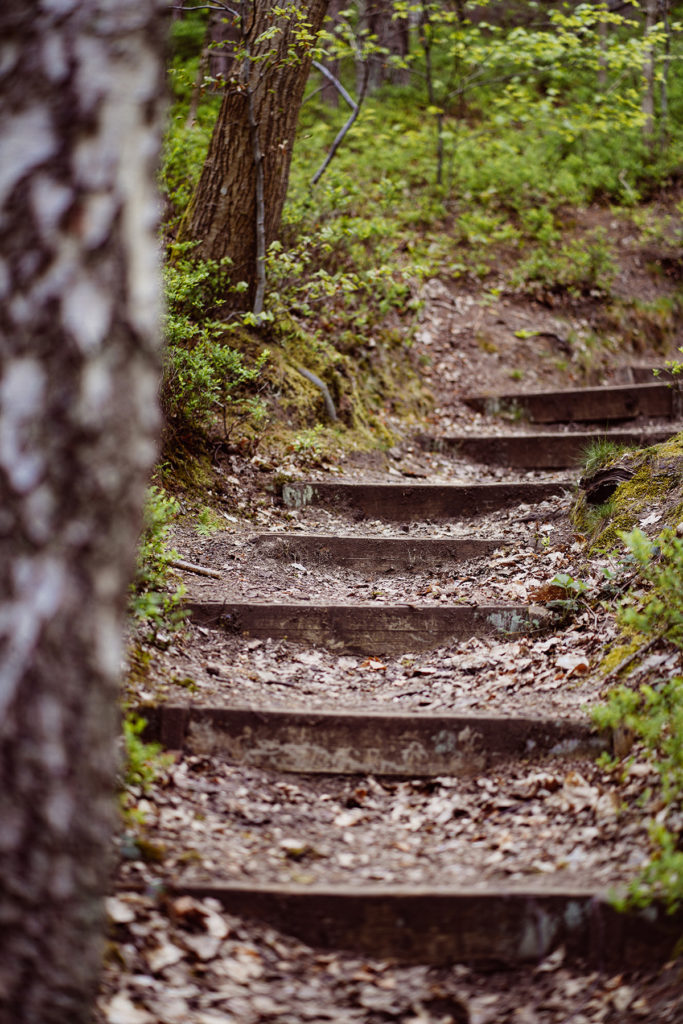
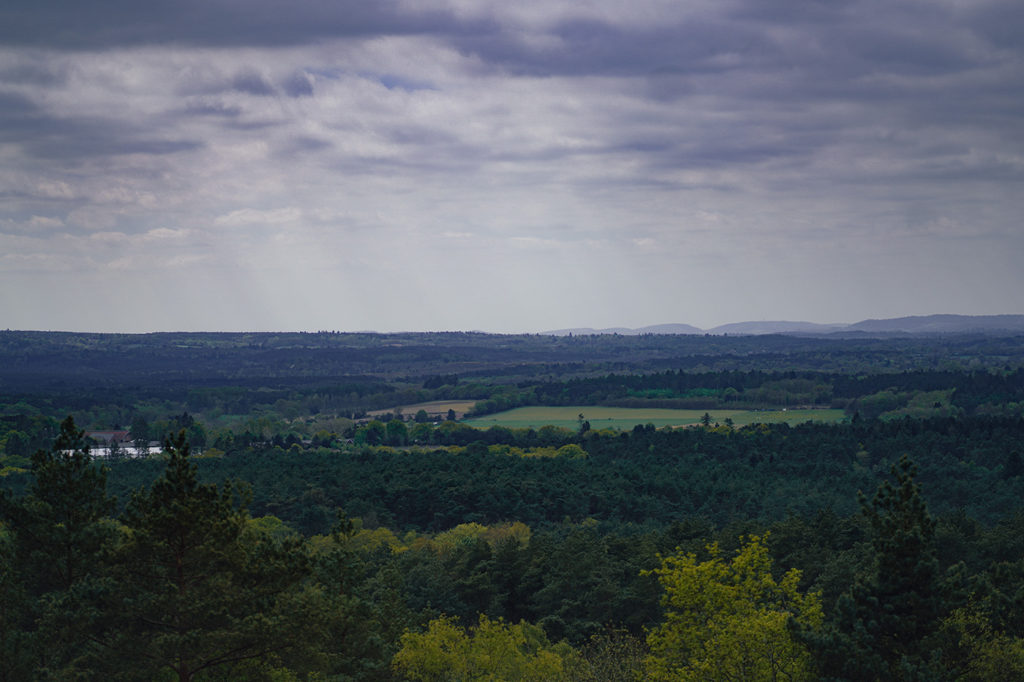
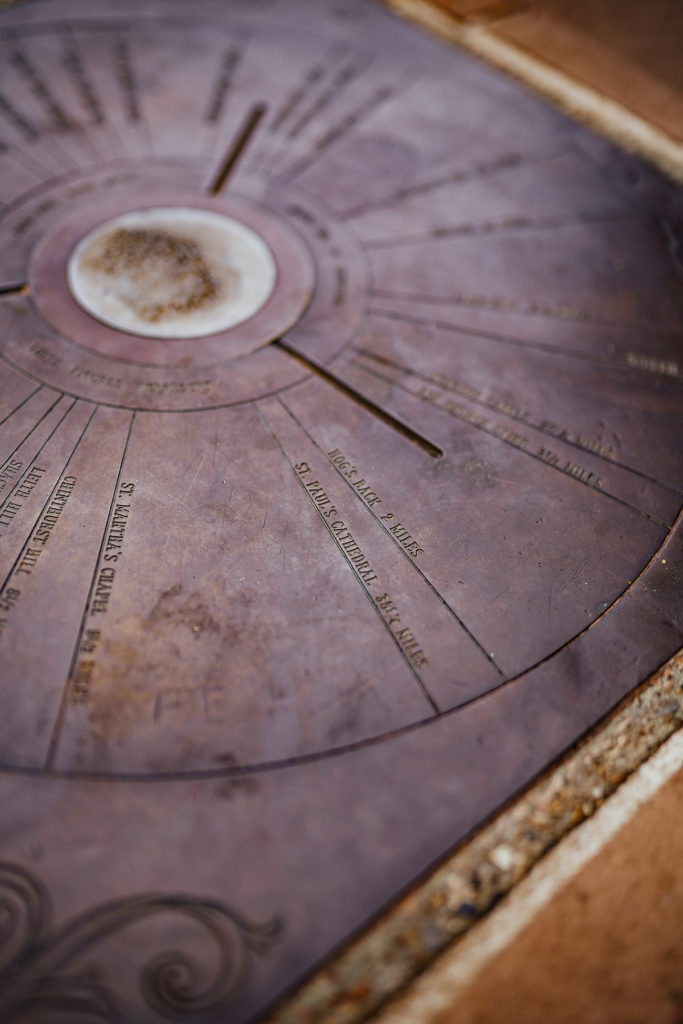
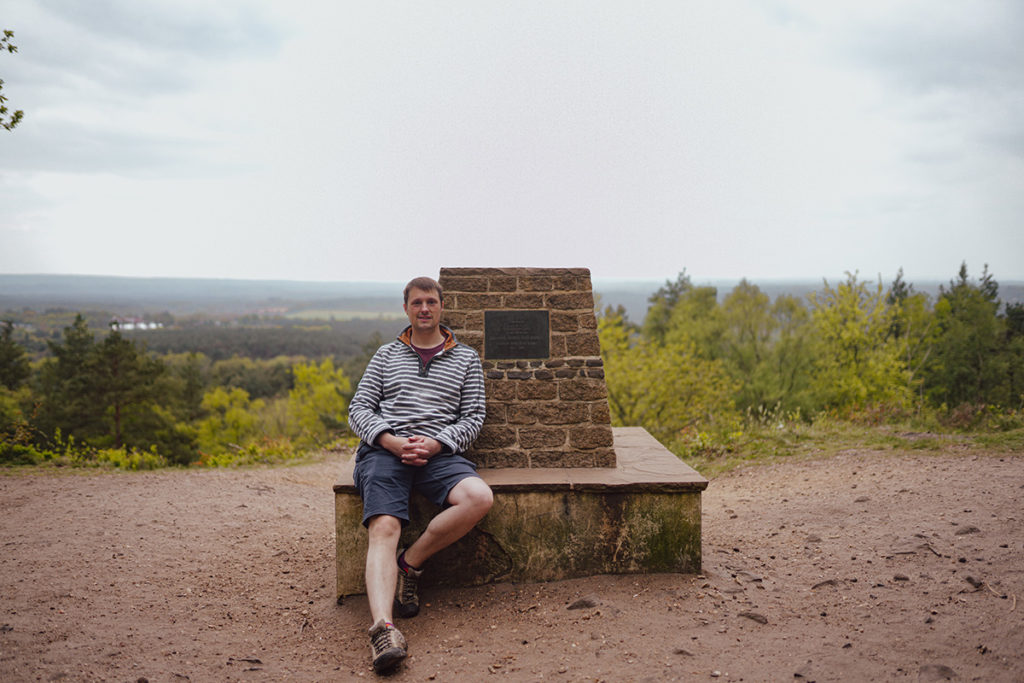
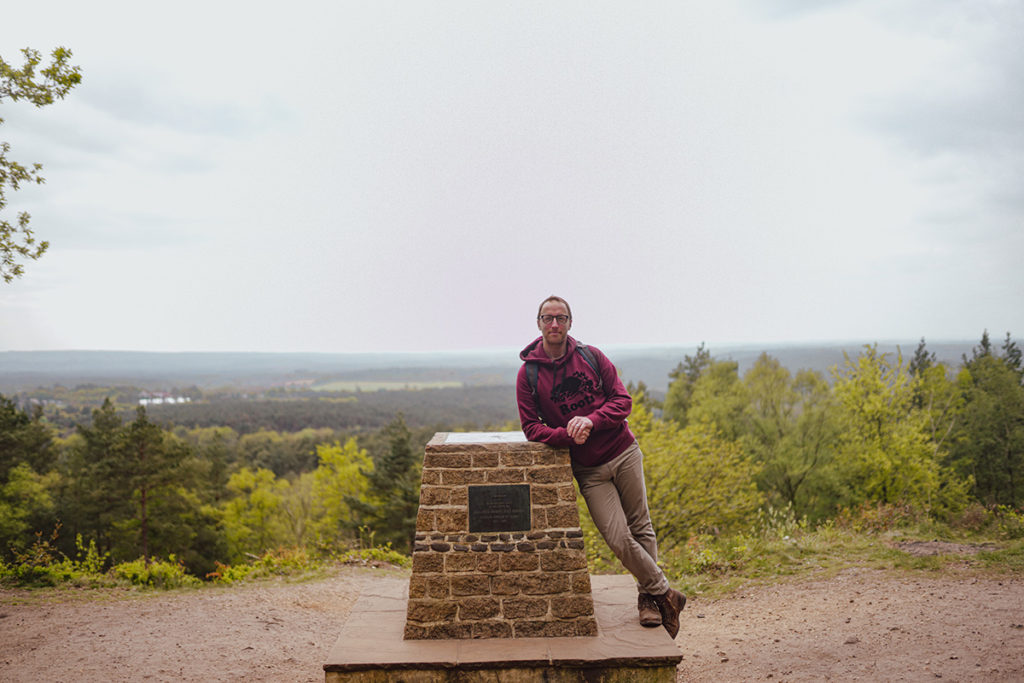
After a few minutes looking out over the surrounding area, we headed back down the other side of the hill and continued on through Crooksbury Common. The walk through this area was nice and varied, along some narrow trails and on some narrow winding roads next to some impressive houses and tiny cottages. I love seeing all the different styles of houses and imaging all the stories that these little stone cottages have tucked inside. The bright purple rhododendrons were just starting to bloom which added some night bright pops of colour.

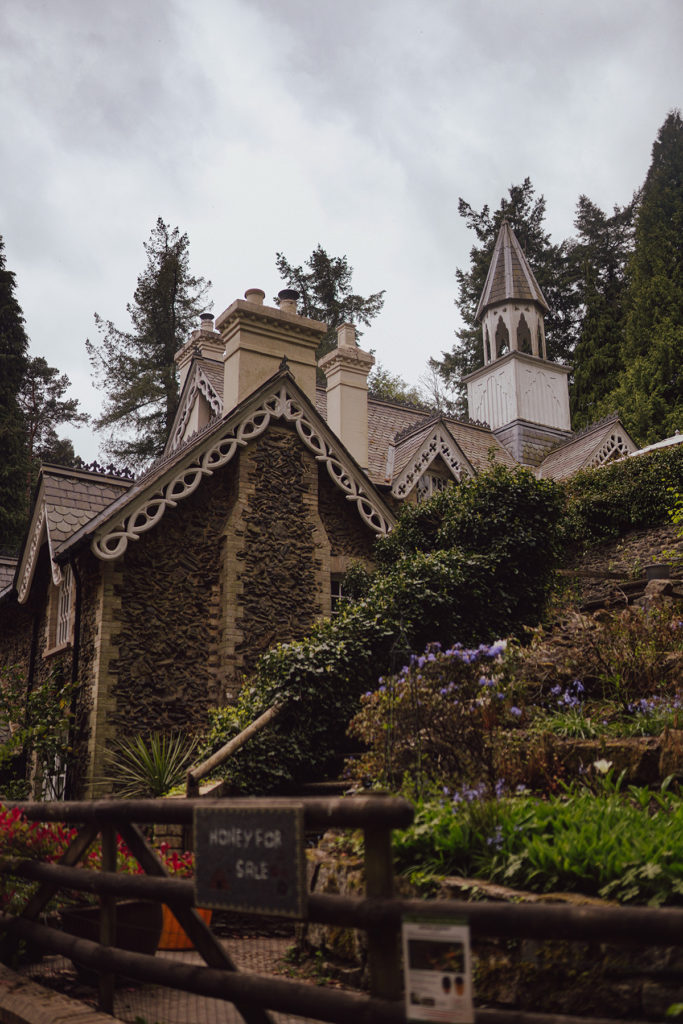
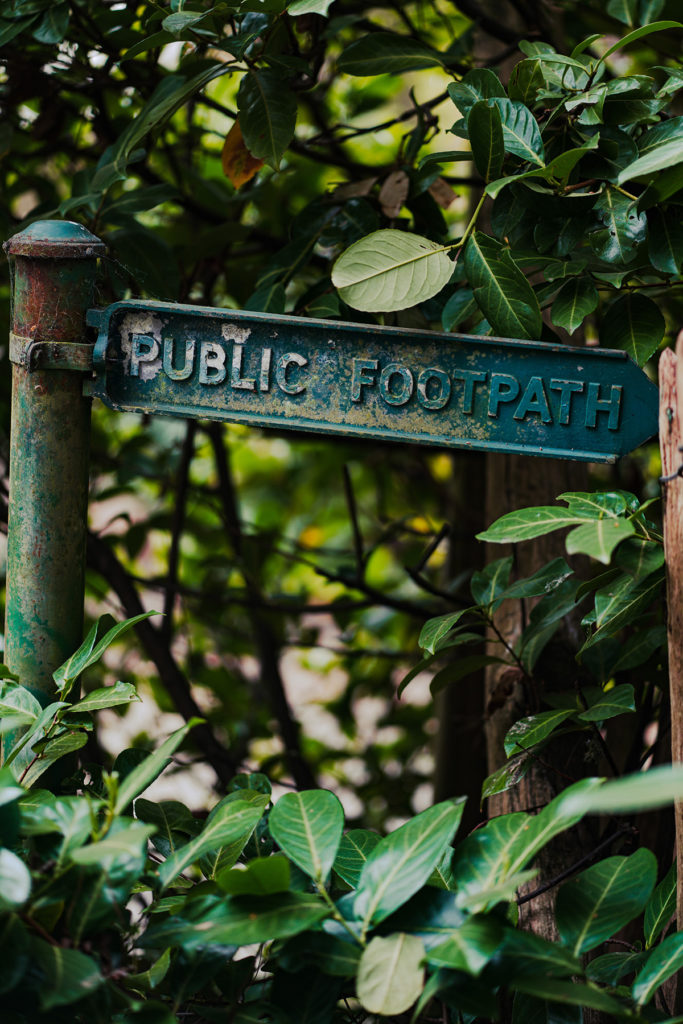
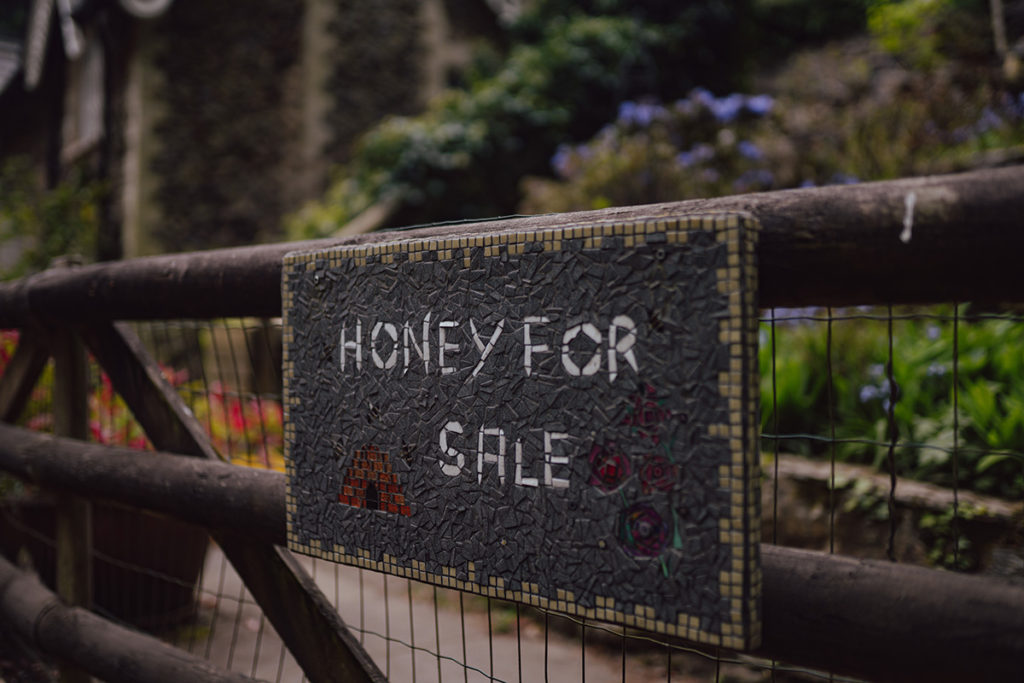
The various roads and trails led us past a cute pub called The Donkey and then down a long sloping path toward the village of Tilford. Several farm houses in the village date from the 16th century but one of the oldest structures in the village is the medieval era packhorse bridge that is still in use today, built in 1128 by the monks at nearby Waverley Abbey.
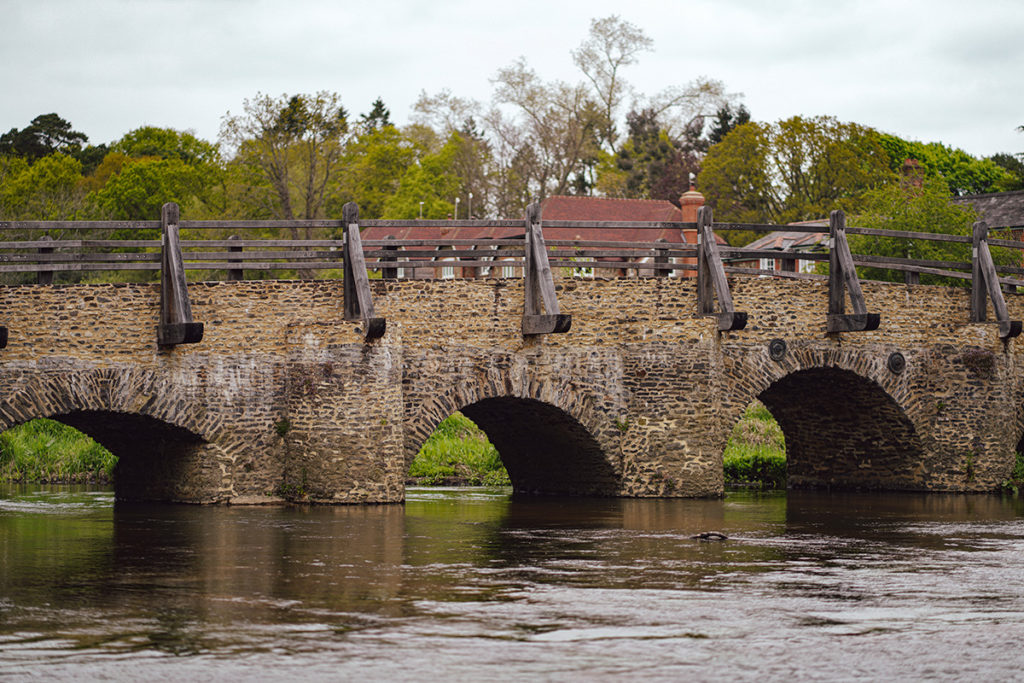
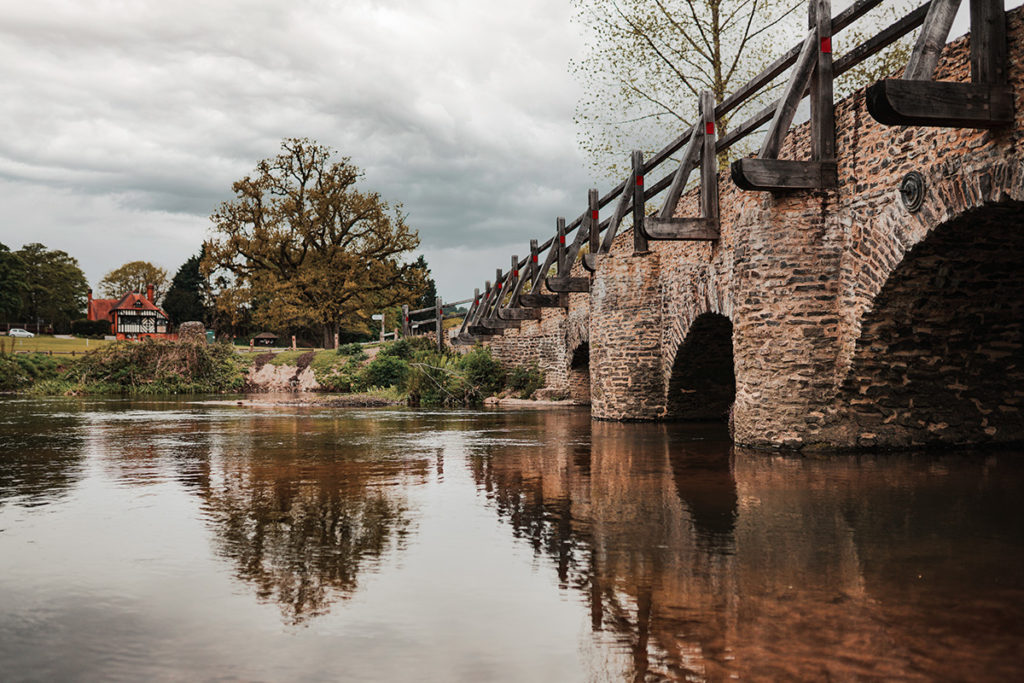
The village has one busy road that runs through it but still feels quite quaint, a large village green and cricket hall sits in the center, with some heritage trees planted around the border to celebrate coronations of various monarchs.
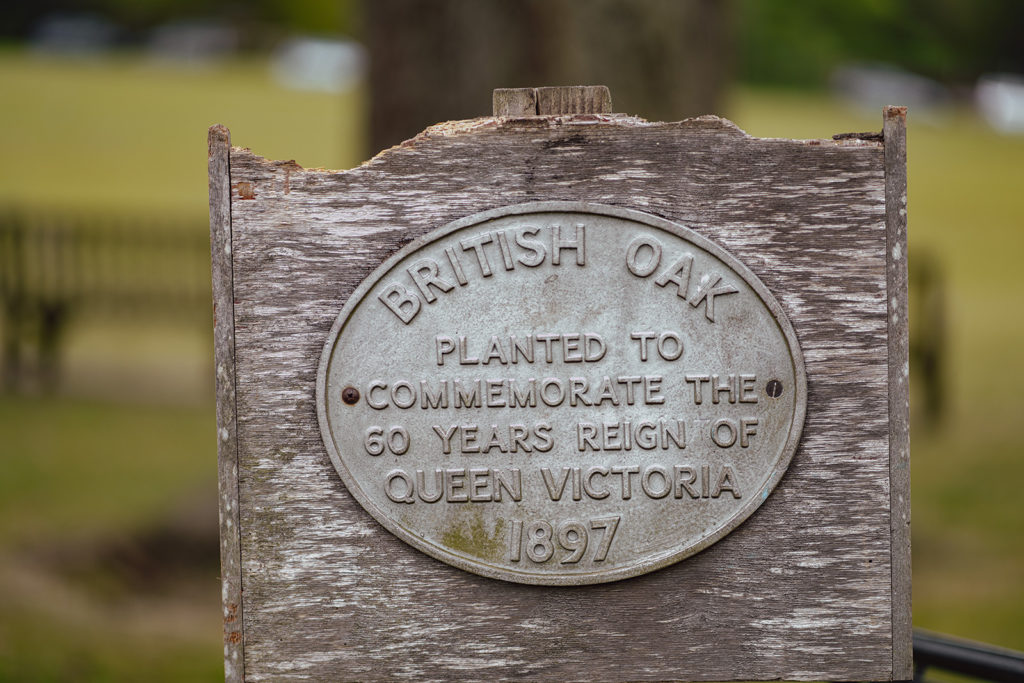
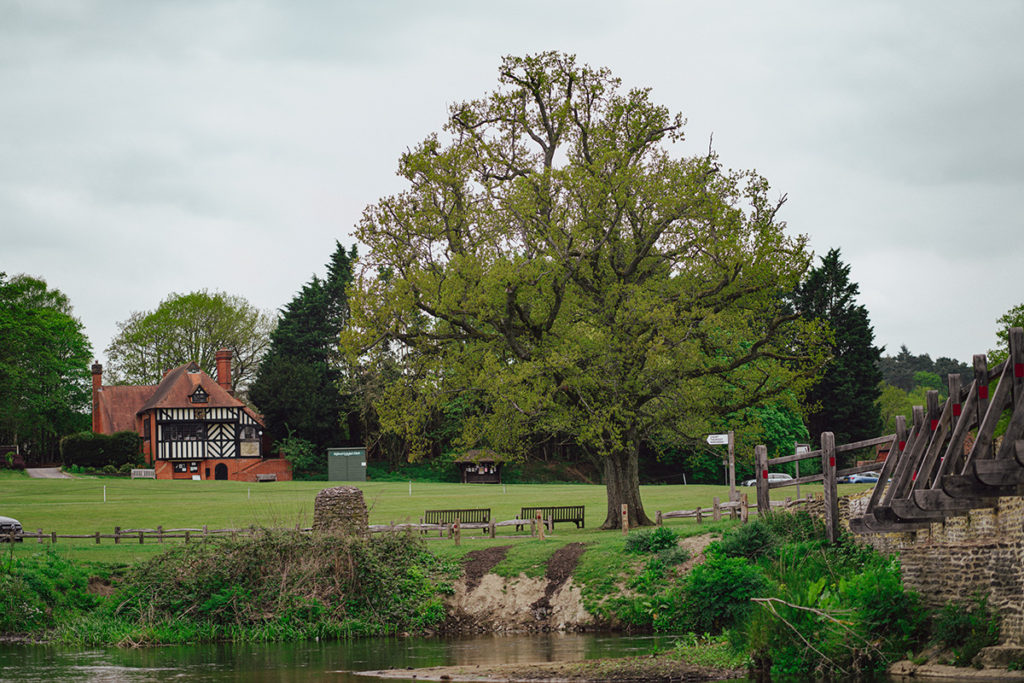
After leaving Tilford we wandered along the edge of the River Wey, past some WW2 pillboxes and sheep and then into a small wood filled with bluebells. We continued on until we reached a busy road that we quickly walked along until we reached Waverley Abbey.
Waverley Abbey was the first Cistercian Abbey in England, built in 1128 by the Bishop of Winchester and was home to a collection of monks until the dissolution of monestaries by King Henry VIII in 1536. The abbey was destroyed and many of the stones and bricks were used to build manor houses including the Georgian manor Waverley Abbey House located across the small stream and field.
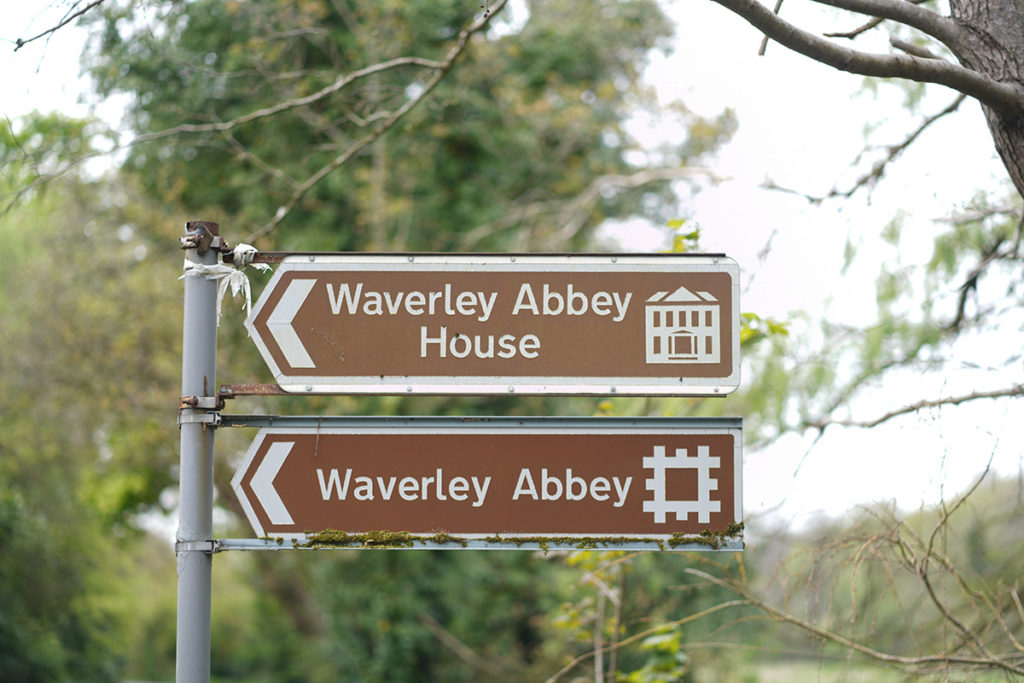
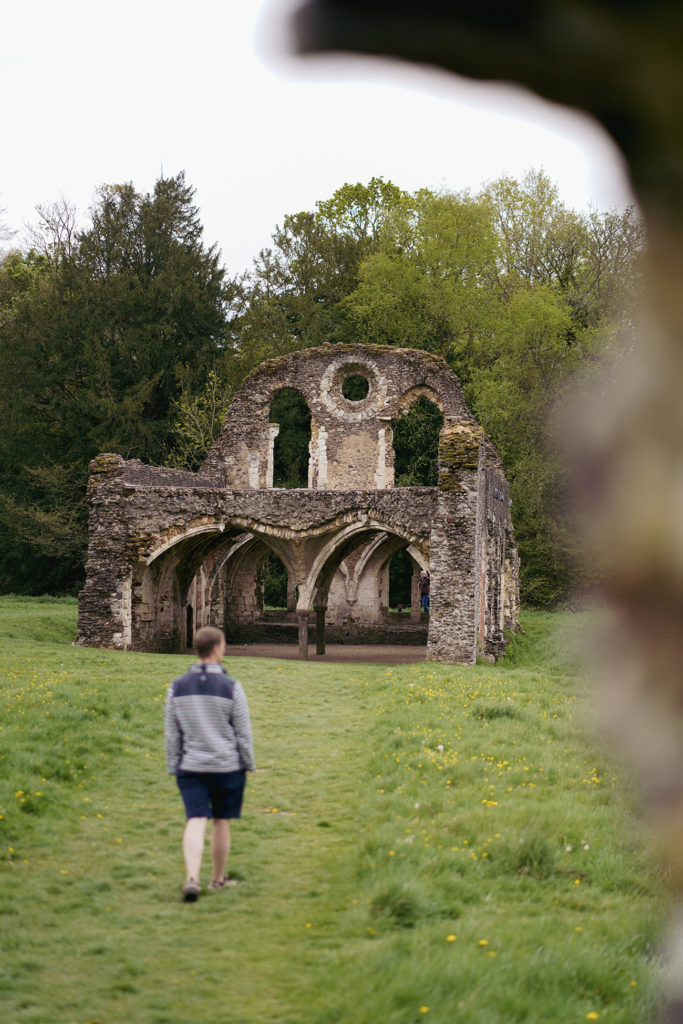
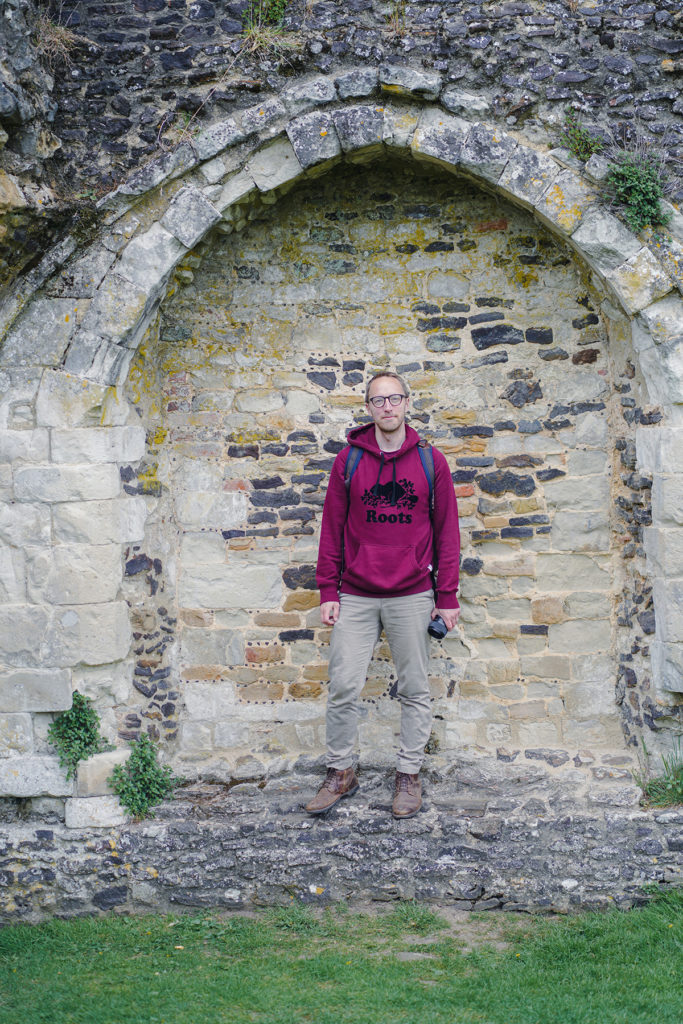
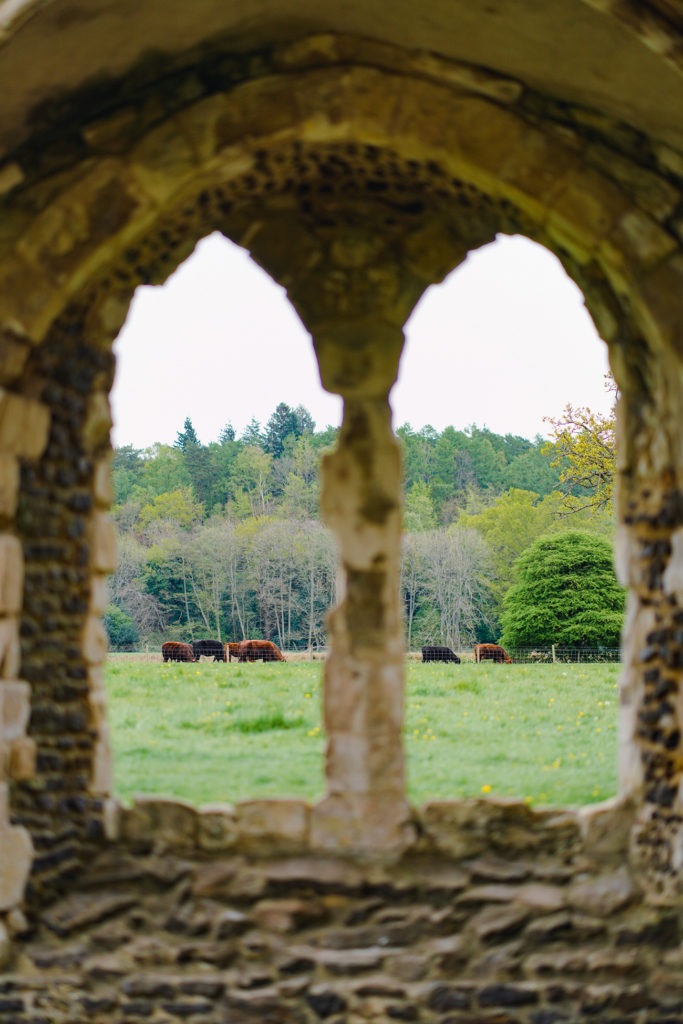
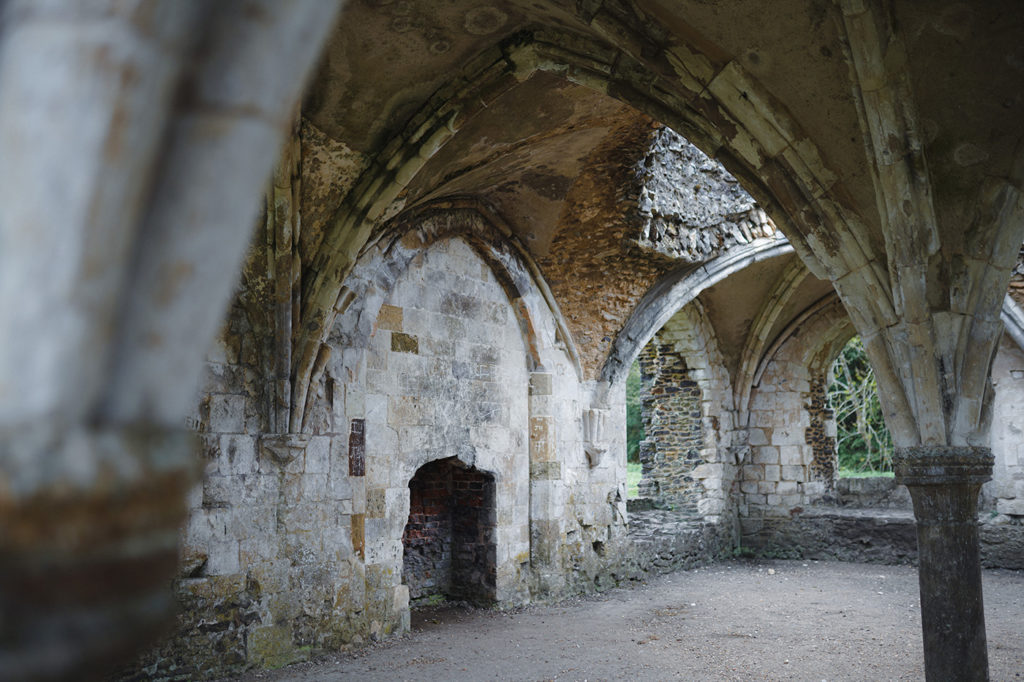
The Abbey ruins have been passed through several owners since being demolished but they’re now run through English Heritage and are free to visit. They’re also a popular filming location and films like Into The Woods, 28 Days Later, Snow White and the Huntsman and The Mummy have used the ruins as a filming spot.
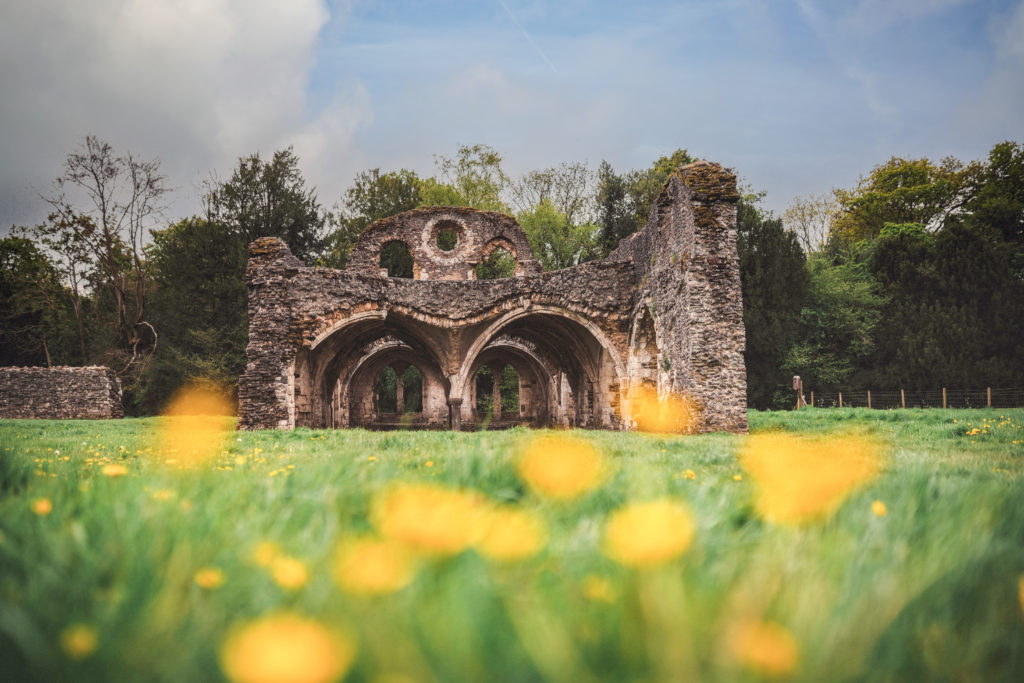
The house nearby is an impressive Georgian manor that was visited often by Florence Nightingale when the house was owned by family. During the first world war the house was used as a hospital and in the second world war, the area was fortified with pillboxes and anti-tank devices that are still in place.
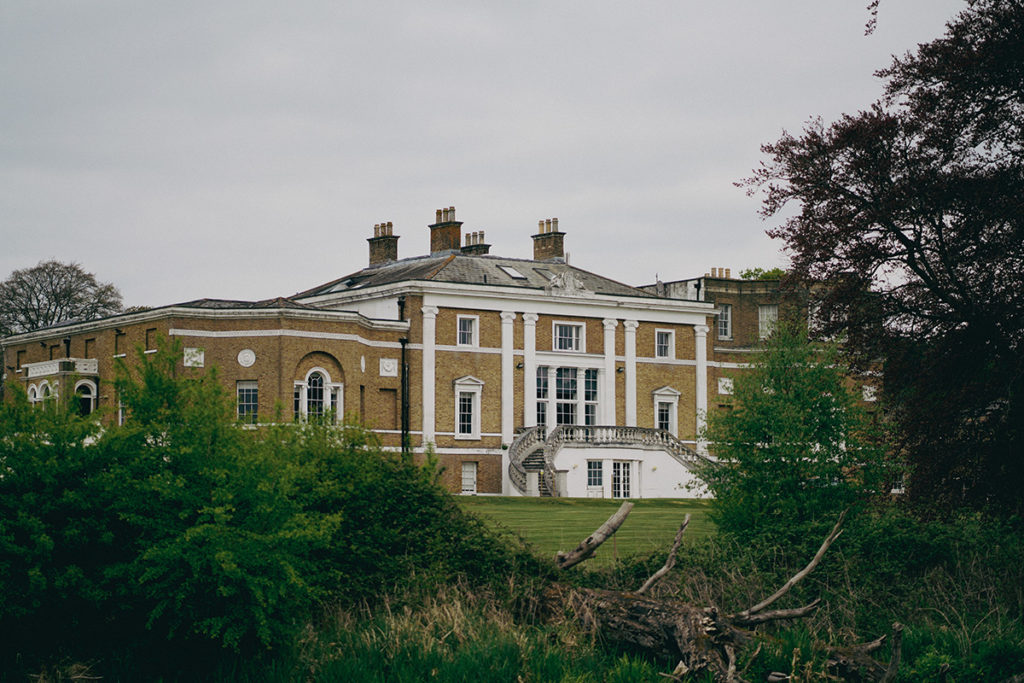
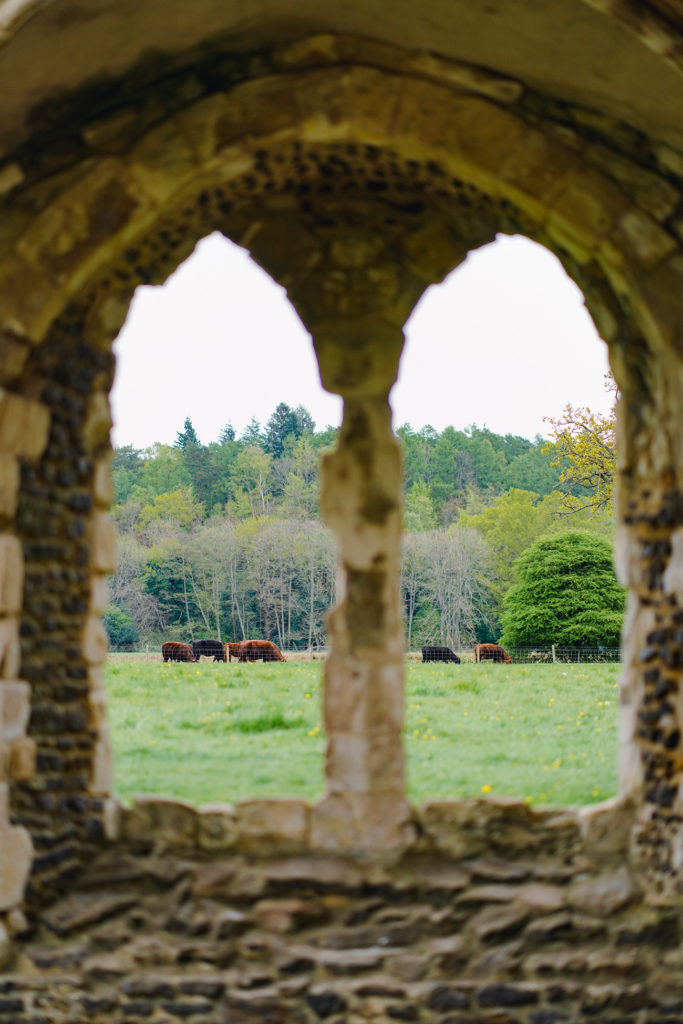
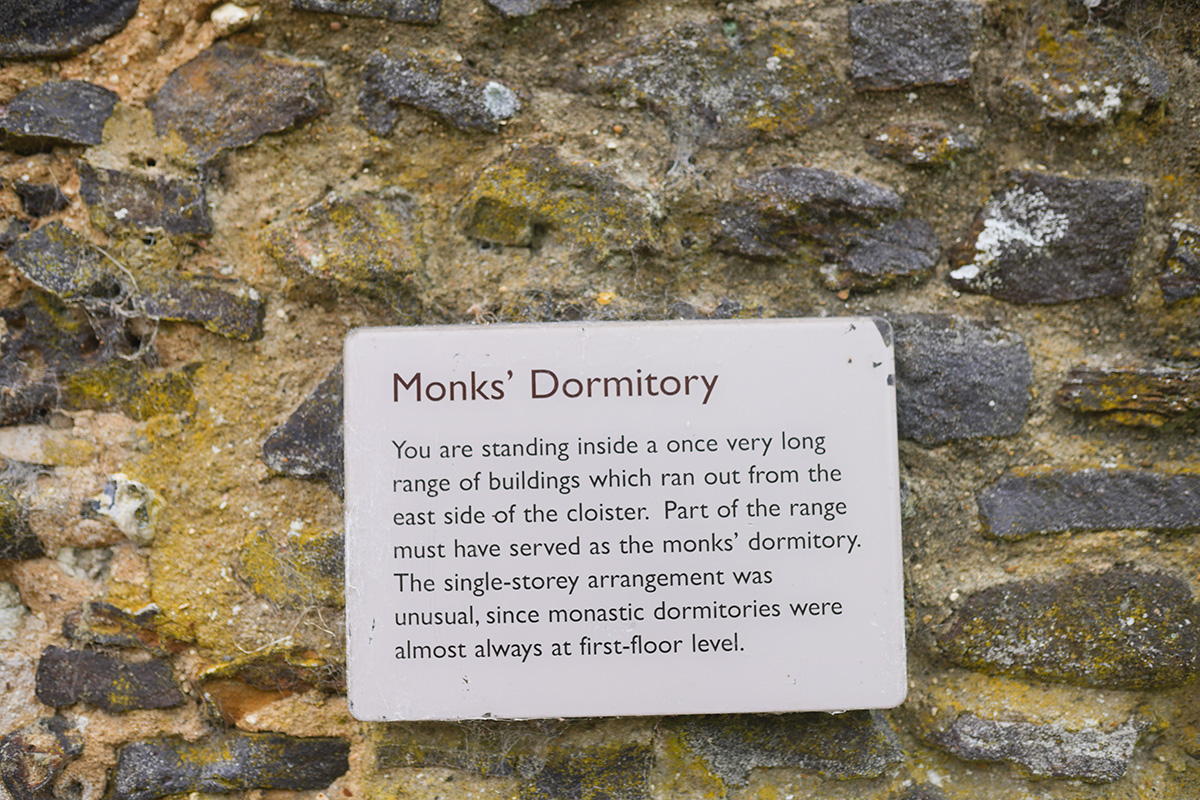
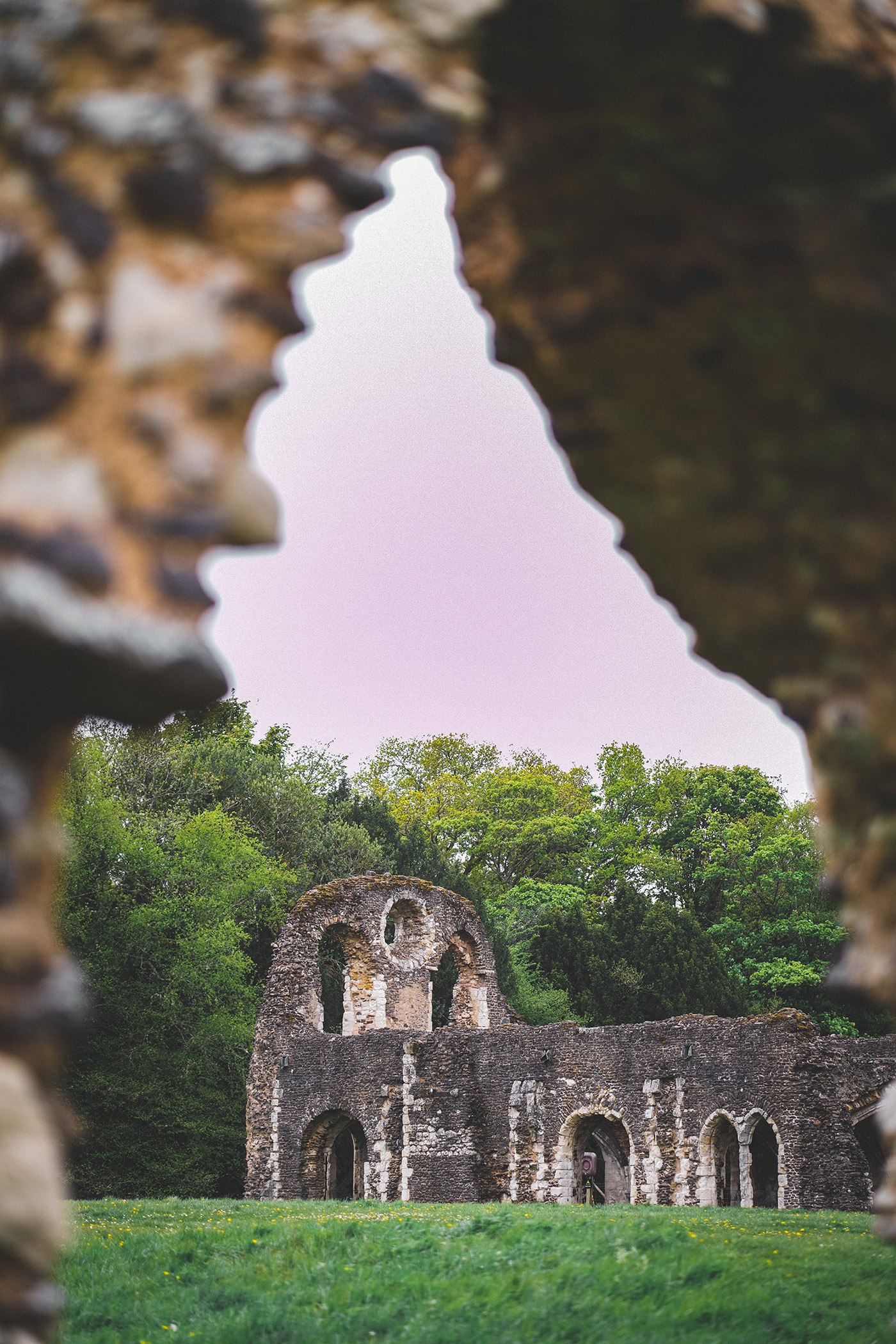
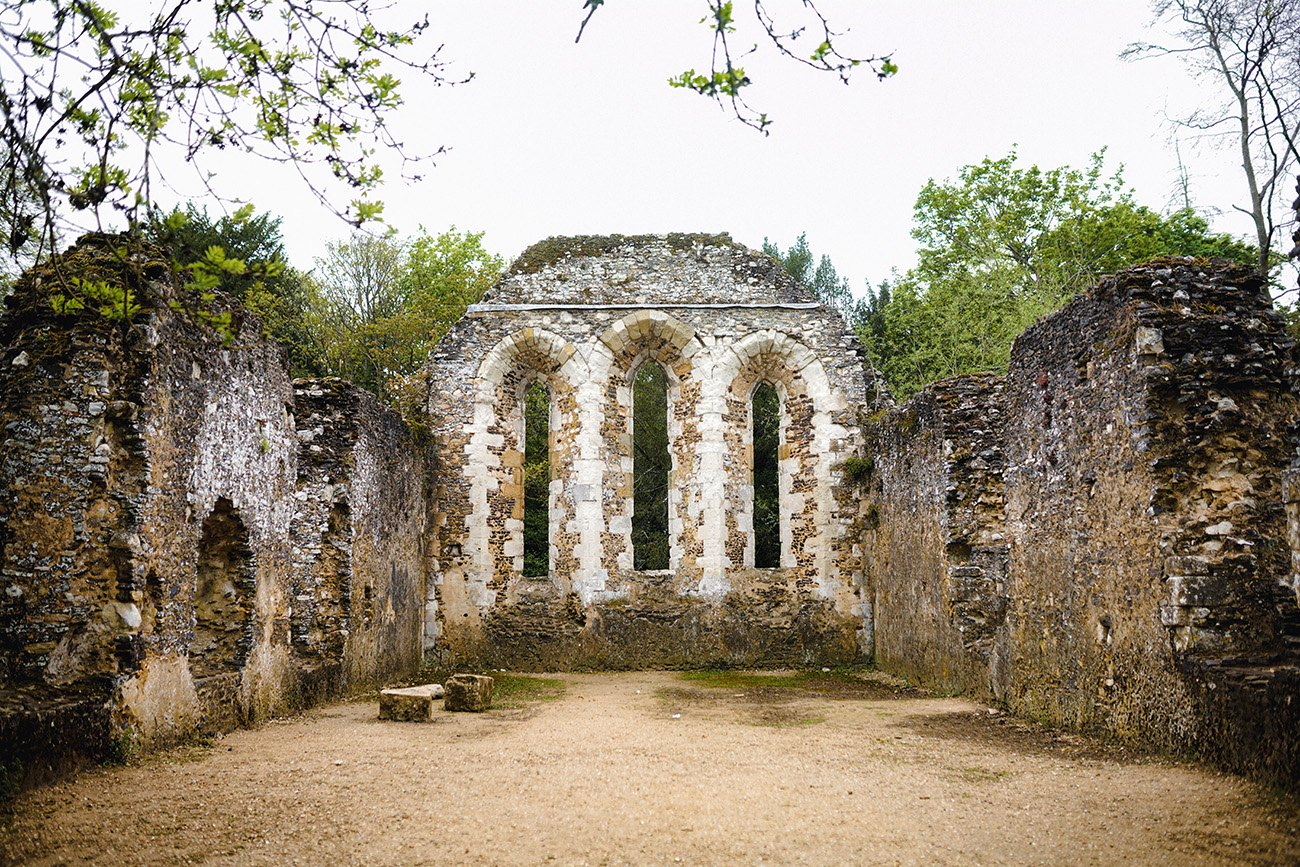
After leaving the Abbey we retraced our steps slightly to take a little detour to another hidden treasure, the side of a Witches cave! Just a few minutes from the Abbey is Mother Ludlam’s Cave, a deep cave now home to protected bats. The legend of the cave is that a white witch named Mother Ludlam lived inside and would often loan her tools and cooking utensils to people who needed them. One day, the devil approached her and asked to borrow her cauldron. She refused and the devil stole it instead, which cause a chase. As the devil jumped to escape Mother Ludlam, he created a series of hills (known locally as…the devil’s jumps) the devil dropped the cauldron at what is now Kettlebury Hill and the witch placed the cauldron inside a local church for safe keeping. The cauldron is still inside Frensham church. The cave is now a protected habitat for bats and its locked with an intricate metal gate.
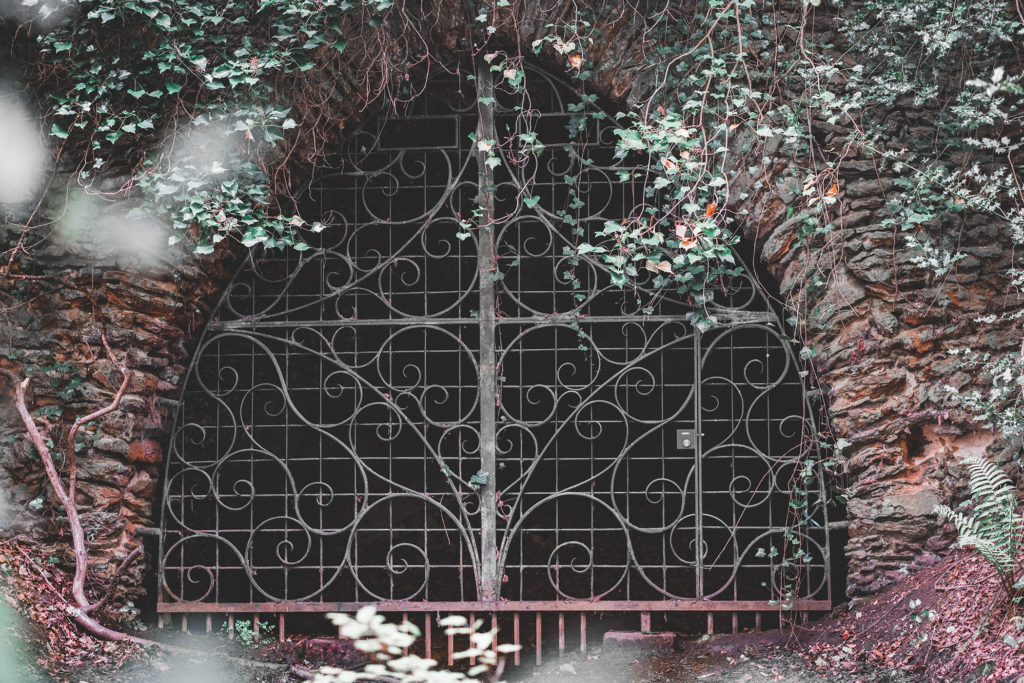
After visiting the cave we walked back in the direction of our starting point, the base of Crooksbury Hill.
